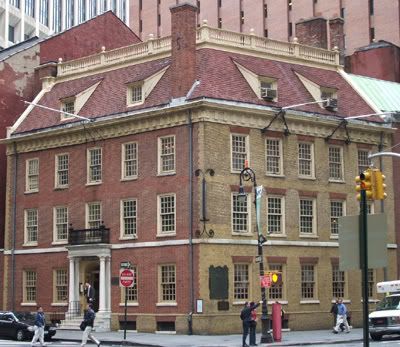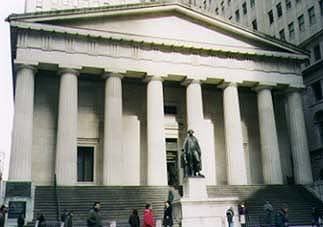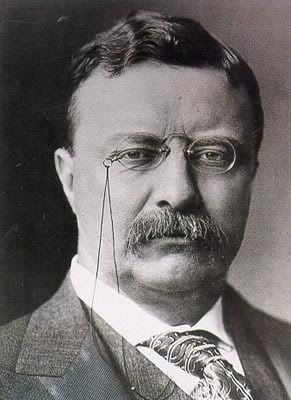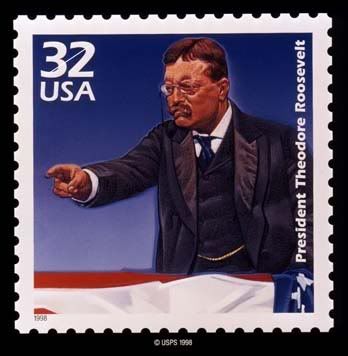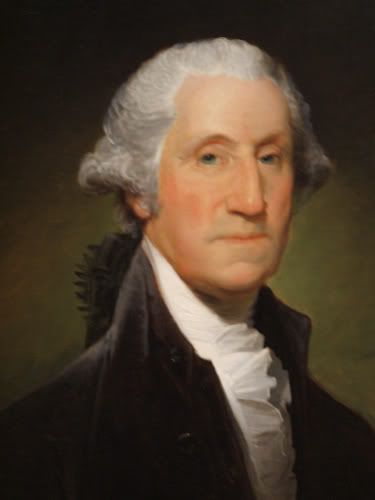 George Washington and the City of New York will forever be historically linked. From the Revolutionary War to Washington’s Presidency, the evolution of George Washington and NYC went hand in hand. Dating as early as March of 1776, George Washington led his army towards New York City. Setting up fortifications on Long Island (Within the borough of Brooklyn) and New York City, Washington awaited the expected British attack. By the time of July 1776, The British had set up their camp on Staten Island and by late August commenced their attack led by overall commander Lieutenant General Sir William Howe.
George Washington and the City of New York will forever be historically linked. From the Revolutionary War to Washington’s Presidency, the evolution of George Washington and NYC went hand in hand. Dating as early as March of 1776, George Washington led his army towards New York City. Setting up fortifications on Long Island (Within the borough of Brooklyn) and New York City, Washington awaited the expected British attack. By the time of July 1776, The British had set up their camp on Staten Island and by late August commenced their attack led by overall commander Lieutenant General Sir William Howe.With half of his army (at the current location of Flatbush) led by Major General Israel Putnam on Long Island, they locked in battle with the British troops. Led by both Admiral Richard Howe and Major General Sir Henry Clinton, the British troops were able to cause the American troops to withdrawal and retreat to Brooklyn Heights. It was at this location that the American troops were able to retreat on barges over the East River. Due to a lucky stroke of nature, a thick fog bank rolled in and aided to conceal the escape of the American troops from the British. By mid September 1776, New York City was in the hands of the British and the American troops were still in retreat up the island.
 It was during what was known as The Battle of Harlem Heights (Current neighborhoods of Morningside Heights and West Harlem) that the American troops scored some minor victories against the advancing British troops. Though the British troops were slowed, their advance was not halted and the American troops continued their northern retreat. There were continual skirmishes between the troops at Pell’s Point (Pelham Bay Park, Bronx) and White Plains. The ultimate showdown on New York City soil took place at Fort Washington.
It was during what was known as The Battle of Harlem Heights (Current neighborhoods of Morningside Heights and West Harlem) that the American troops scored some minor victories against the advancing British troops. Though the British troops were slowed, their advance was not halted and the American troops continued their northern retreat. There were continual skirmishes between the troops at Pell’s Point (Pelham Bay Park, Bronx) and White Plains. The ultimate showdown on New York City soil took place at Fort Washington. Located on the highest natural point of Manhattan, Fort Washington was built to provide defense of the Manhattan Island side of the Hudson River in conjunction with Fort Lee on the opposite side of the Hudson (New Jersey side). Under heavy bombardment by both British and Hessian cannons, Fort Washington fell leaving Fort Lee defenseless. Grudgingly, George Washington and his troops retreated from Fort Lee leaving the British to hold New York City for a period of 8 years. With the fall of the British and their eventual evacuation from New York City on November 25, 1783, General Washington led his troops from the North retaking his namesake fort.
